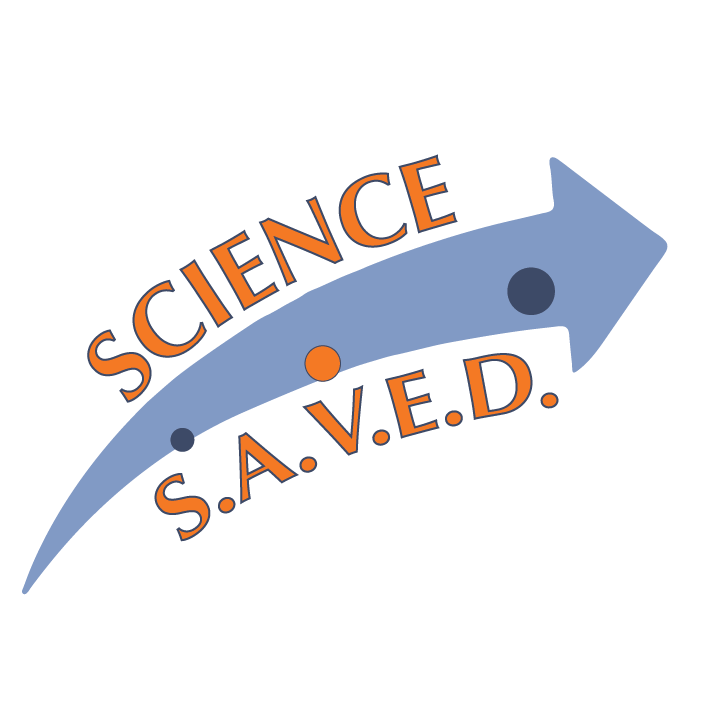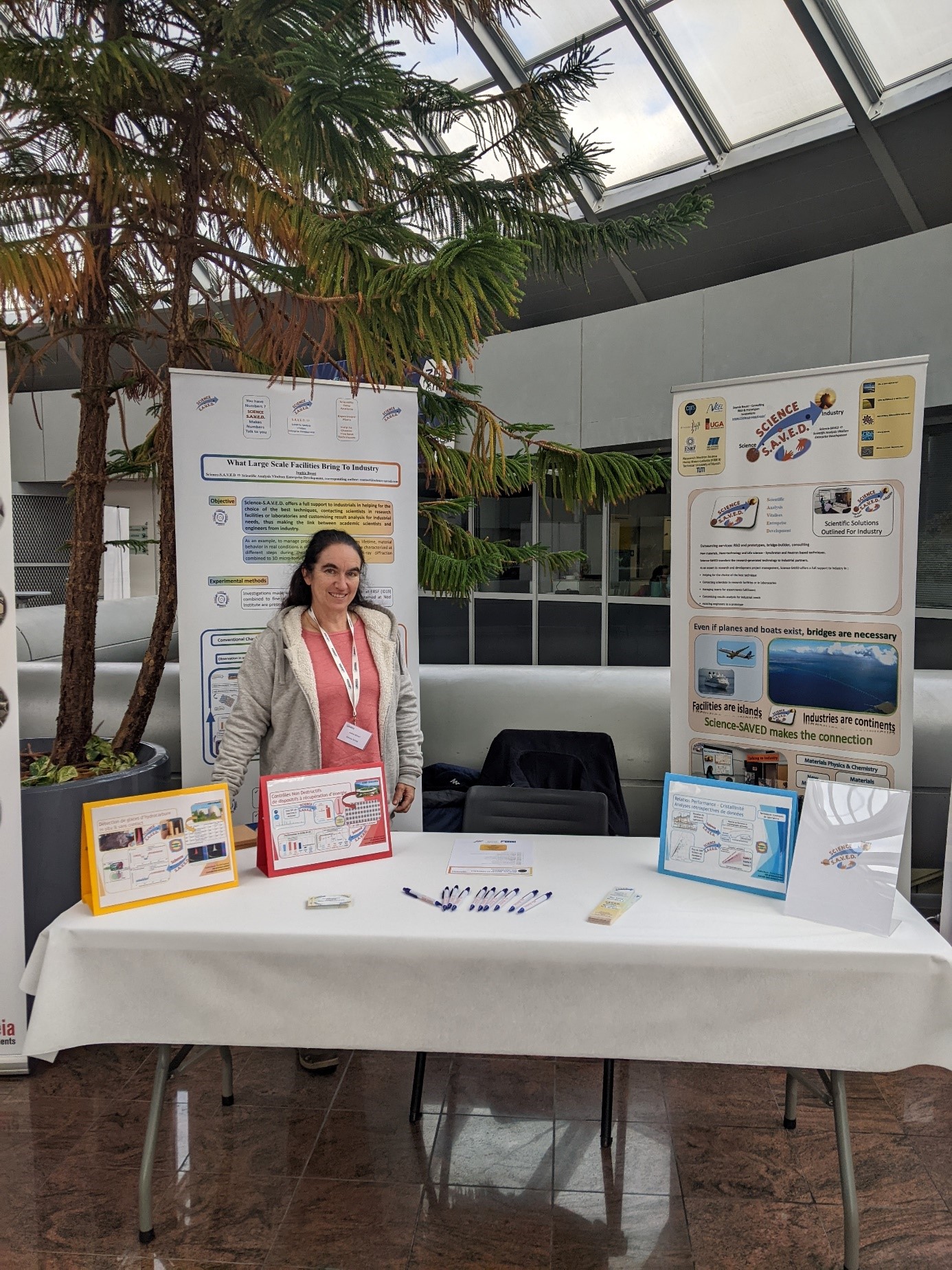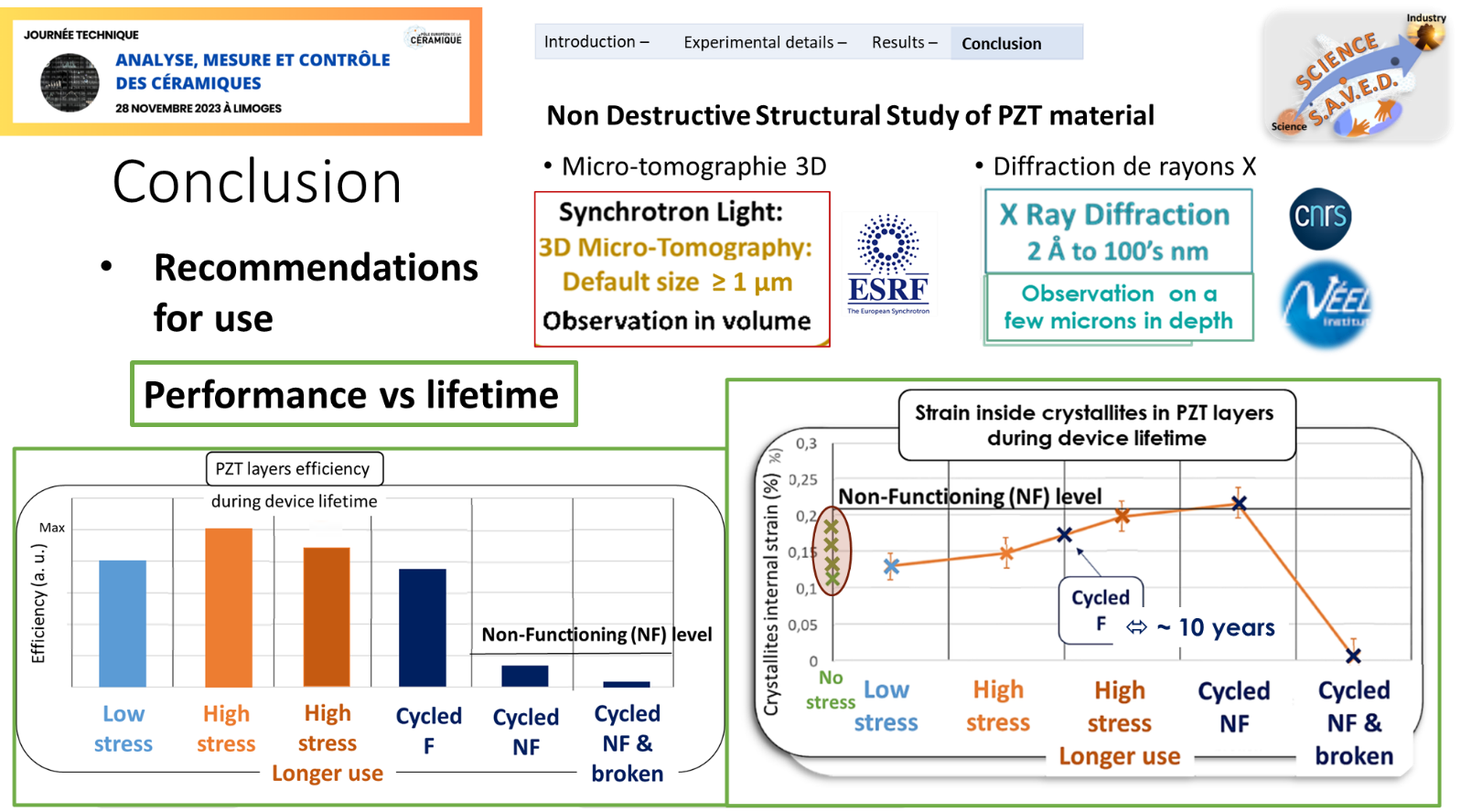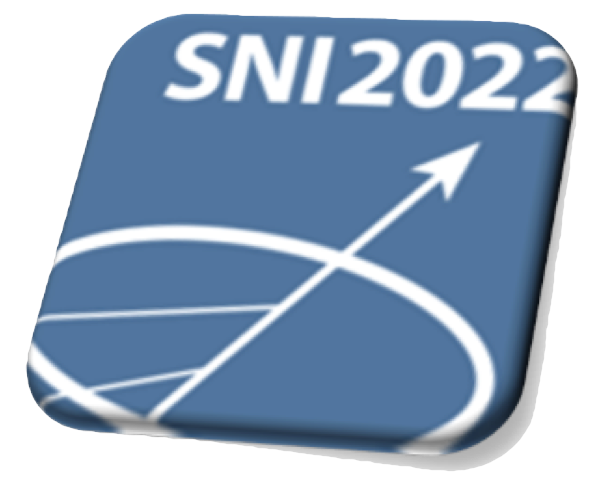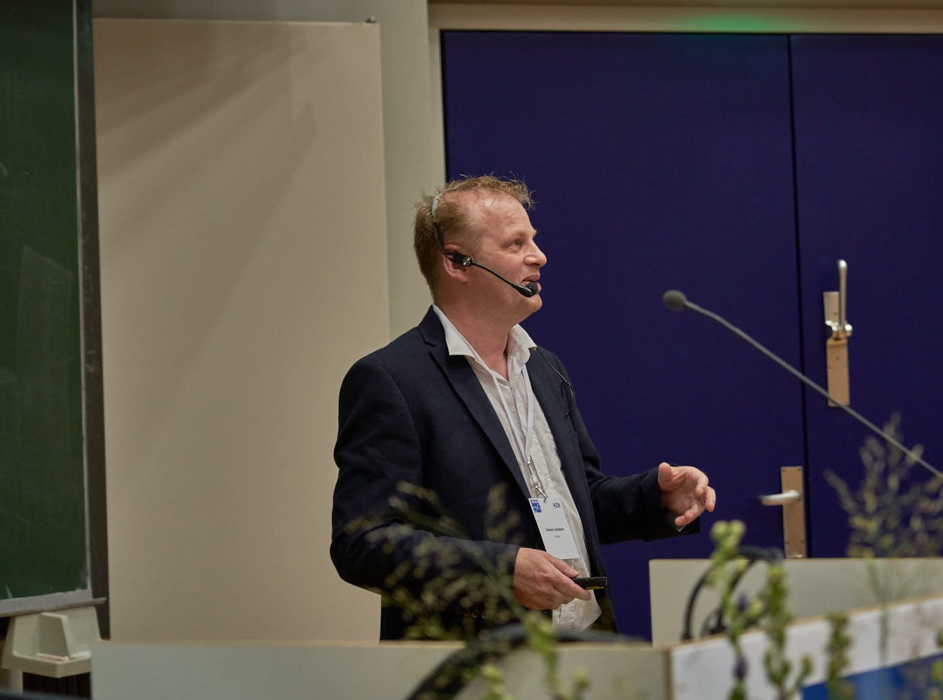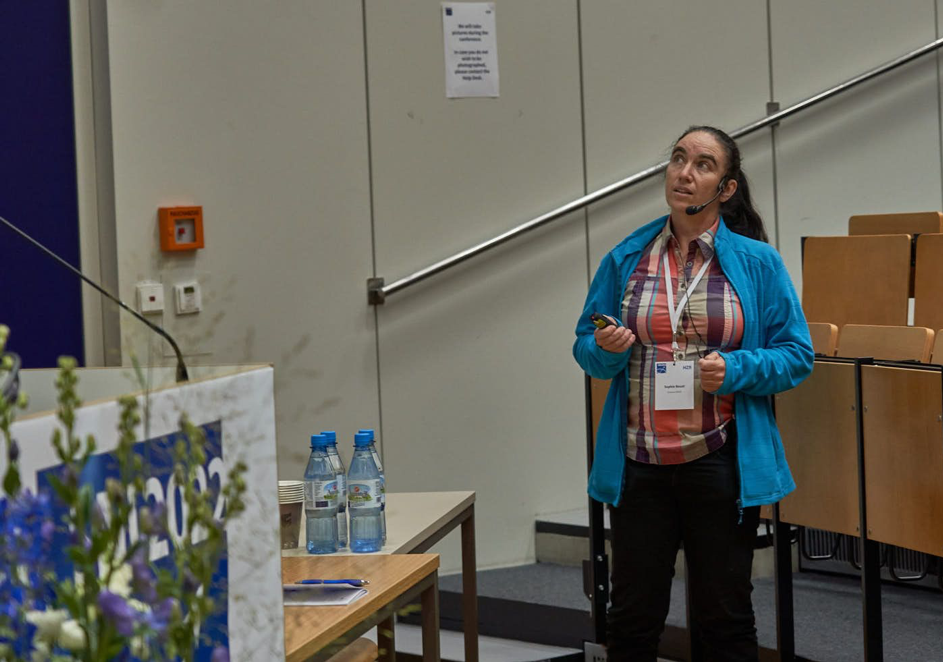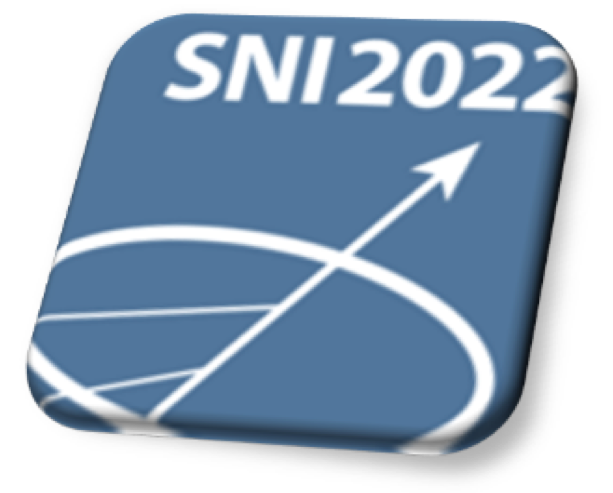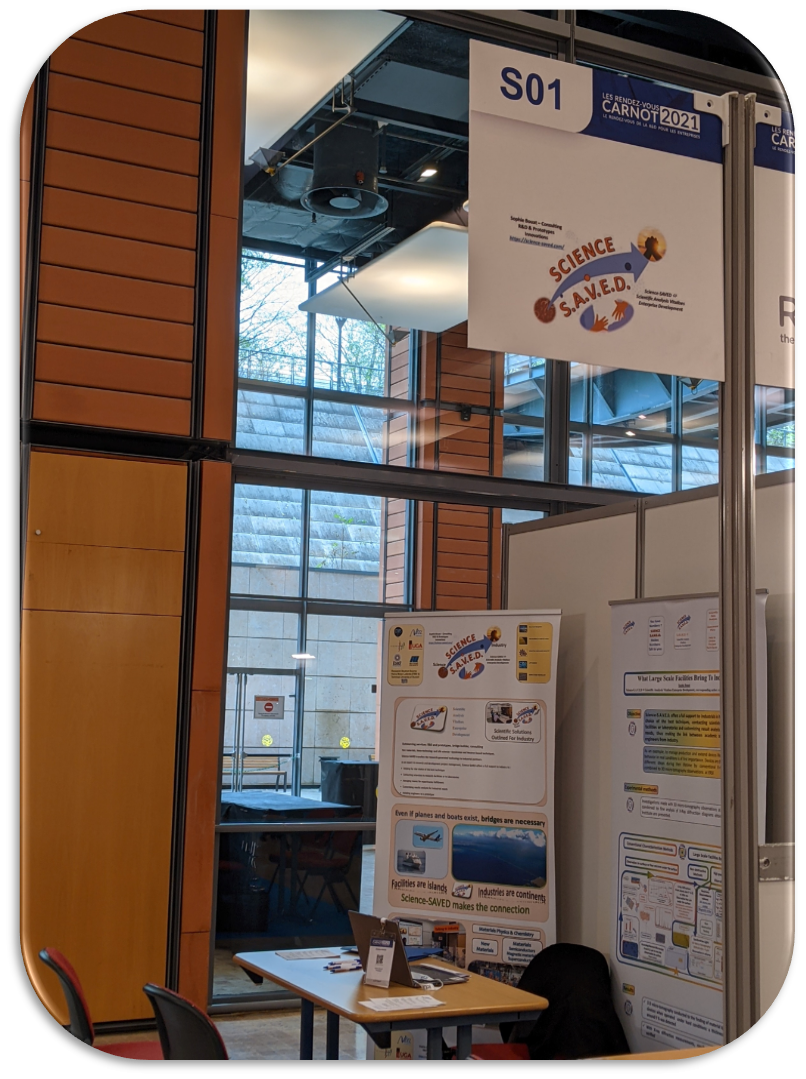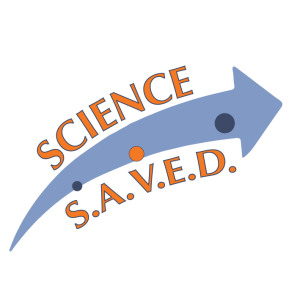Two members of the MIXN network presented their impact as “Scientific Service Companies” (SSCs), bringing their high-level skills to industrial research and business development.
At the SNI conference in Berlin in September 2022, Sophie Bouat (from Science SAVED) and Simon Jacques (from FINDEN) were both speakers in the “Microsymposium: Industry, innovation and transfer” at this scientific conference for research with synchrotron radiation, neutron and ion beams in large-scale research infrastructures.
In their presentations “What do large-facilities bring to industry?” and “Lubricating Industrial Science”, they highlighted how SSCs can promote technology transfer and support large companies in solving tricky questions with complex properties of high-tech materials.
Both SSCs applied unique materials characterization methods using neutrons or synchrotron X-rays, which are only available in large-scale research facilities.


